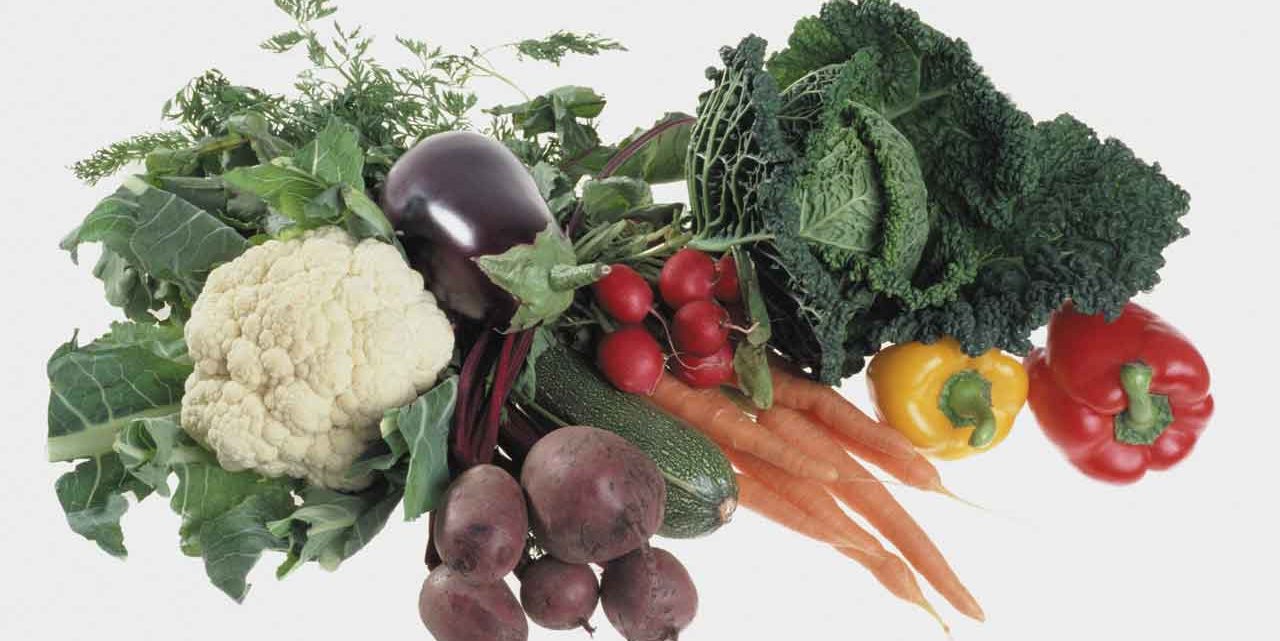May 29, 2018
7 Non-Meat Protein-Packed Power Foods

Every kid’s nightmare has come true: Vegetables are taking over the world! The little ones can say what they want, but I could not be any more hooked on this new vegetarian-inclined diet I just got on. Before we go any further, it’s important that we take some time to better understand what makes vegetarians and vegans different.
While both diets are non-meat, vegetarians can still opt to eat animal-derived products, such as dairy, eggs, and honey. Veganism is considerably stricter, as it excludes all meat and animal-derived products – items and fashion made of animal skin included. Many vegans also actively avoid using products that have been tested on animals. Now, when I say I am on a “vegetarian-inclined diet,” it essentially means I’ve cut back on meats and dairy, but at the same time, I’ve increased my vegetable and fruit intake.
YOU MIGHT ALSO LIKE: Reach Your Goals with the Vegetarian Diet
This regimen has a number of benefits. It’s super healthy for you, much easier to prepare, and it’s more affordable. Doesn’t matter if you’re a home-cook, or if you’re more of an eat-out person – today’s culinary evolutions and trends have made vegetarian options taste incredible. After three weeks into this vegetarian-inclined diet, I began to wonder why many tend to question non-meat diets, saying they themselves would never go meatless because they “need protein.”
What most people fail to realize is that protein can be found in a lot of non-meat and non-animal-derived food items – in plants, especially. Here are a few of my go-to protein-packed, non-meat alternatives:
Quinoa – Say it with me, “Keen-wah!” This super food packs 8g of protein per cup, and is also rich in fiber, B-vitamins, magnesium, iron, calcium, potassium, phosphorus, and vitamin E. Quinoa is generally made organically, and is easy to sneak into practically any dish. You not only get that rice fix taken care of, but you also take care of your daily protein and whole grain requirements – all for only 222 calories a cup.
Pumpkin seeds – These little critters give you 7g of protein per ounce. The easiest way I add them to my food is a healthy sprinkle over salad. You can also find them in many whole grain breads, soups, and trail mixes. Watch that serving size, however, as seeds tend to come with more calories.
Greek yogurt – One cup of this stuff, in its non-fat, plain variant gives you 10 to 12g of protein for only 130 calories. You can use it as a substitute for milk and sour cream, and there’s a wealth of yogurt-based salad dressing and dip recipes out there for you to try. You’ll also be reaping the great benefits of a healthier gut, thanks to all the live microorganisms in every spoonful.
Shrimp – This personal favorite has 18 grams of protein for every 3 ounces, and for only 84 calories. They keep very well in the freezer, and are quick to thaw and prepare. You can use them on salads, tacos, wraps, pasta, pizza, etcetera. Shrimp also comes packed with heart-healthy omega-3 fatty acids.
Milk – It can be easy to forget just how nutrient-rich milk is. In every cup of whole milk, you get 8g of protein along with a bit of every nutrient the body needs. It’s easy to drink more milk without having to chug a glass of it. You can use more of it to make your cup of coffee a longer drink, add it to a smoothie, or instead of plain old water, cook your oatmeal in it.
Tofu – This soy-based protein source comes with all nine essential amino acids. For every 100g of tofu, you get 8.2g of protein for only 70 calories. It’s another easy ingredient to work with for any palette and cuisine, and it takes only minutes to cook.
Edamame – Another soy-based protein source, but it packs a bigger punch with 17g of protein in every 189-calorie cup. It’s great with salads, as a side to Asian-flavored fare, and on its own as a clean and filling snack.
YOU MIGHT ALSO LIKE: Why Don’t Americans Eat More Fruits and Vegetables?


